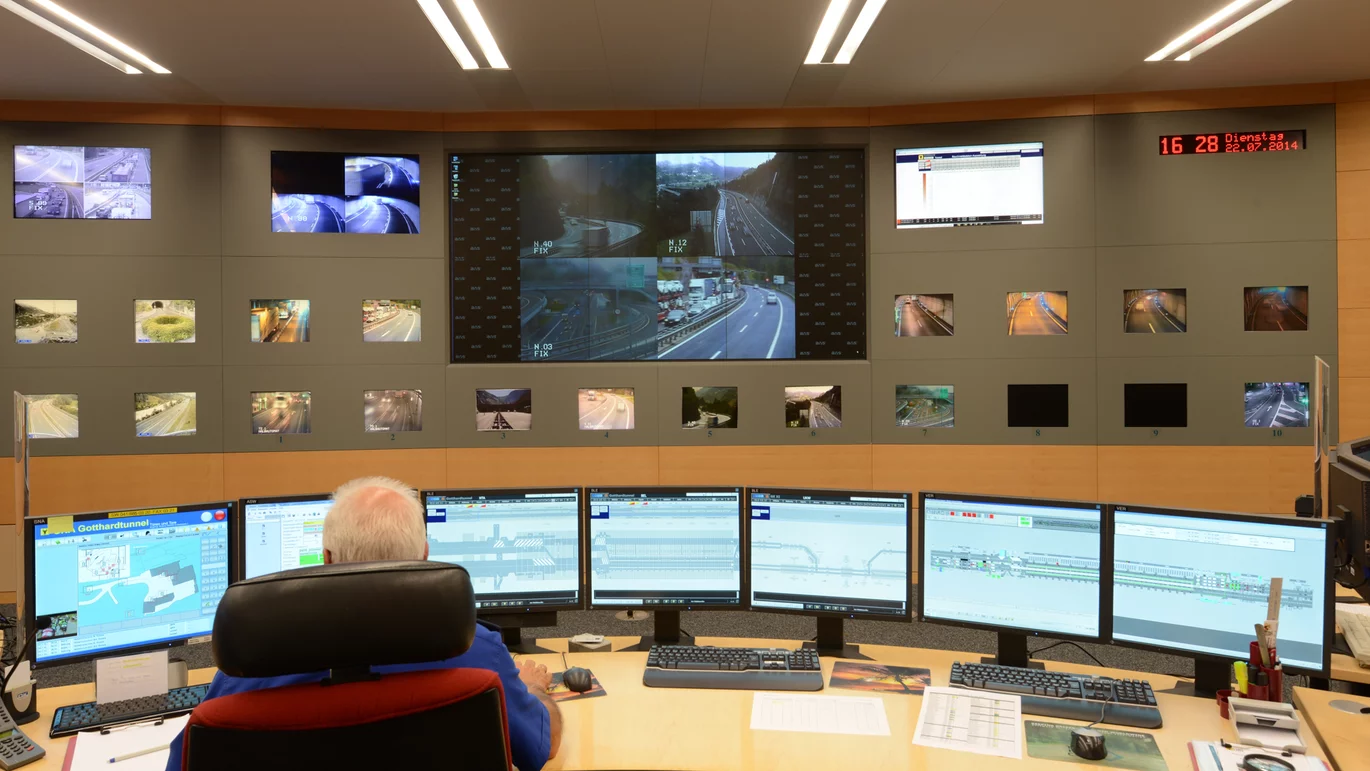The evaluation of tunnel incidents has shown: Tunnel users do not necessarily follow the designated escape routes. They try to use all means to get out of a tunnel: Turning their vehicle around, getting into other vehicles, and trying to escape on foot through the tunnel tube to the portal. All this corresponds to the natural escape behaviour of humans, including remaining in the vehicle. It is because people perceive several different risks, which they weigh against each other to make their decision. In Part 2 of our three-part series, we look at what this means for escape behaviour (note: Part 1 was about the early stages of a fire in the tunnel, and in Part 3, we look at group behaviour).
Leaving your vehicle is a tough decision for motorists
Many users find it difficult to decide what to do with their vehicle in the event of a fire incident in the tunnel. Witnesses of tunnel incidents confirmed this. They stated that they had great difficulty deciding to leave the car and flee to an emergency exit. Various questions can delay the escape, such as: «Can I lock the car? Or do I have to leave the key in the unlocked vehicle? Can I quickly take my valuables with me?»
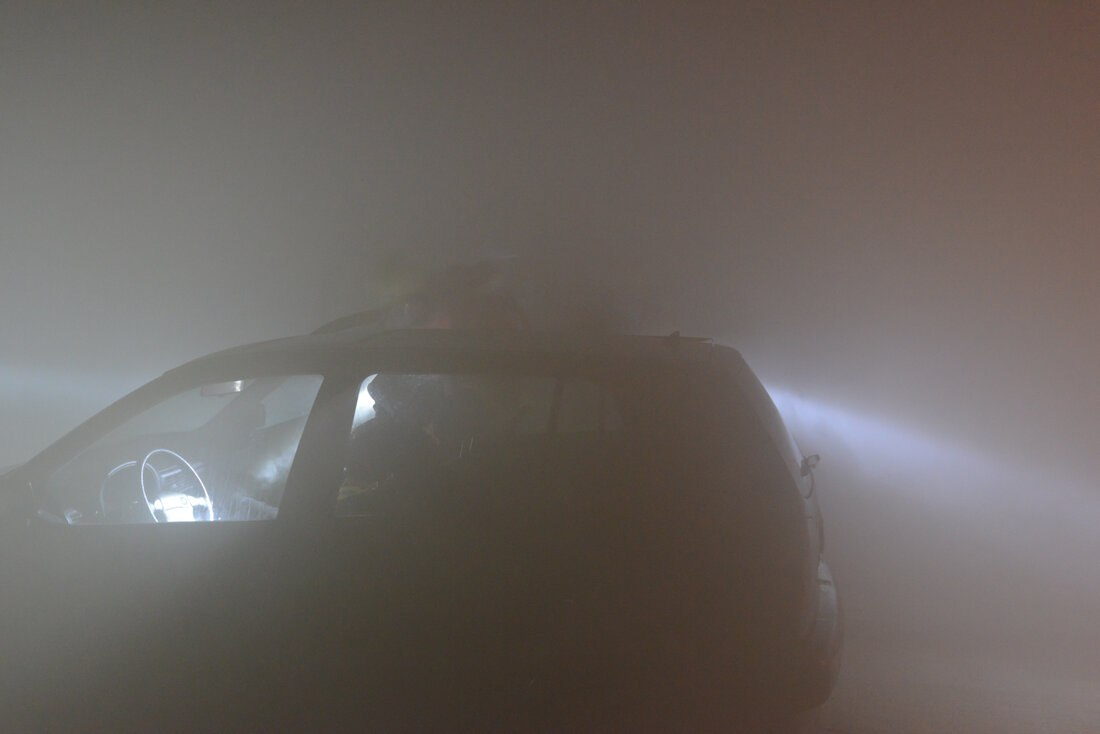
Escape in the car can be evaluated as a safer alternative
Some motorists decide in this situation that it is better for them to drive out of the tunnel in their own car rather than to escape on foot via an emergency exit. When turning, some assume that no more vehicles will enter the tunnel - and do not consider that emergency vehicles could be coming towards them.
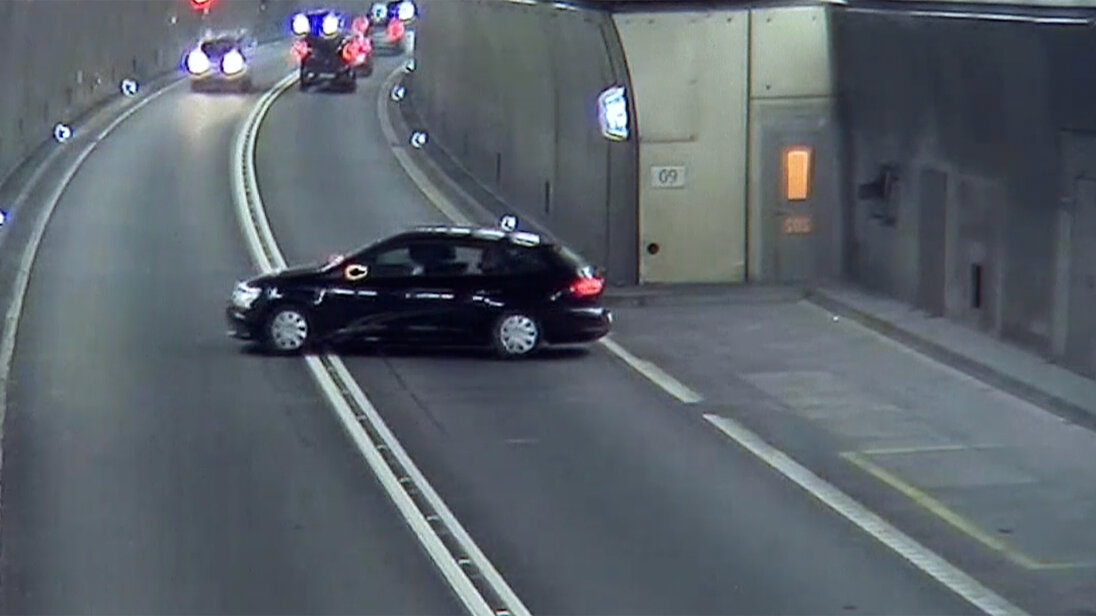
People remain in the tunnel
Even if motorists leave their vehicles, this does not mean they immediately go to the nearest emergency exit that can be reached safely. Time and again, it is observed that people stay in the tunnel, look around, take photos or talk to others. Some want to leave the tunnel on foot in the tunnel tube and underestimate how far they have already entered the tunnel. Others use the next exit they know - i.e. the one they perceived and remembered.
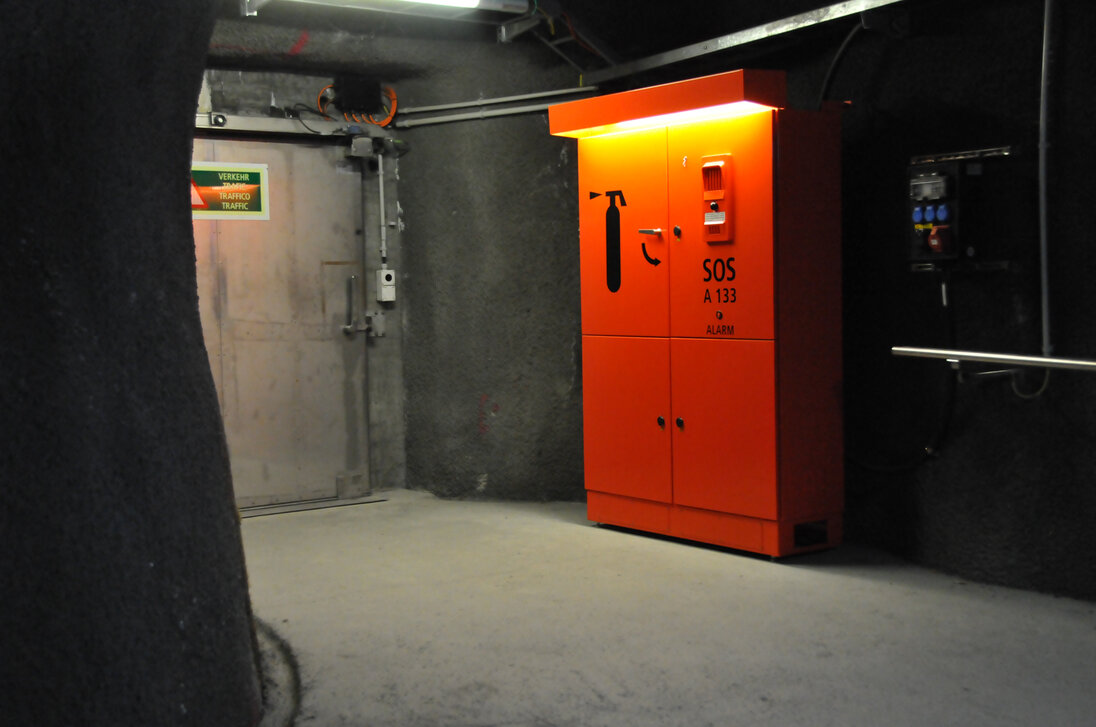
Tunnel users return into the tunnel from a safe area
During incidents, it has also been observed several times that people go back into the tunnel from safe shelters. Various reasons are cited for this. For one, uncertainty about what people should do in a safe area must be expected. The desire for information can lead to wanting to continue observing what is happening in the tunnel. Other possible reasons given in the research for leaving a shelter are that people want to get something from their vehicle or help others.
Emergency exits are typically perceived as a forbidden zone
Many assume that escape routes may only be used in an emergency and that their use is prohibited in normal circumstances. It may lead them to use emergency exits only in an obvious emergency situation. Added to this is uncertainty about what awaits behind the door. Conversely, it has been observed that people who have already had positive experiences with escape routes are more likely to use them.
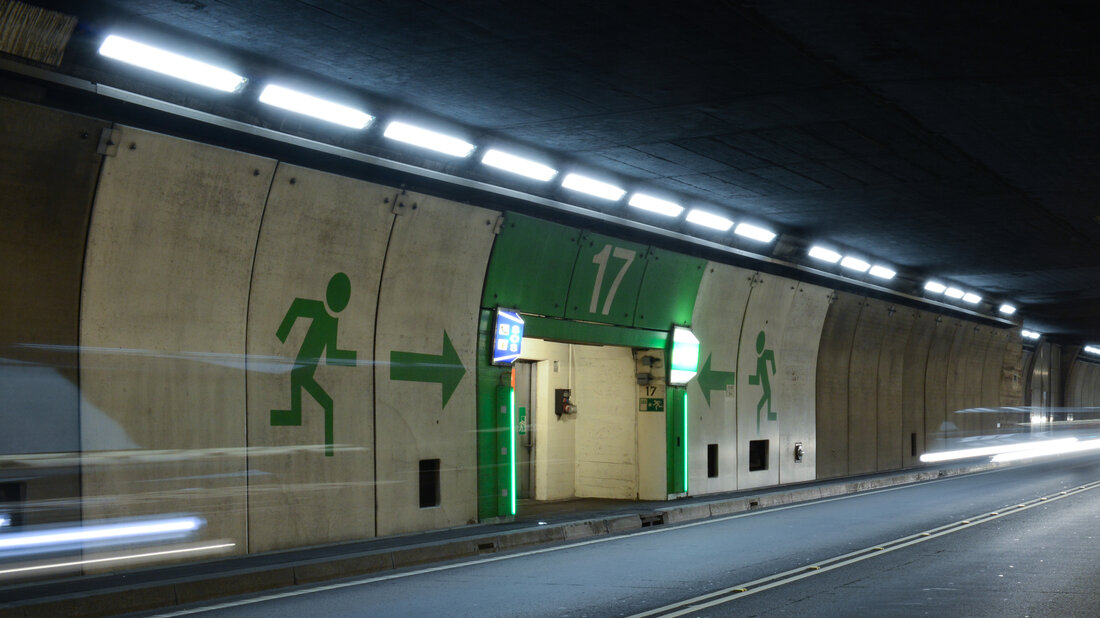
A safe area behind every door?
Experiments and evaluations of tunnel fires lead to the assumption that people assume a safe area behind every door in the event of a tunnel fire. SOS cabins can also be falsely assessed as safe.
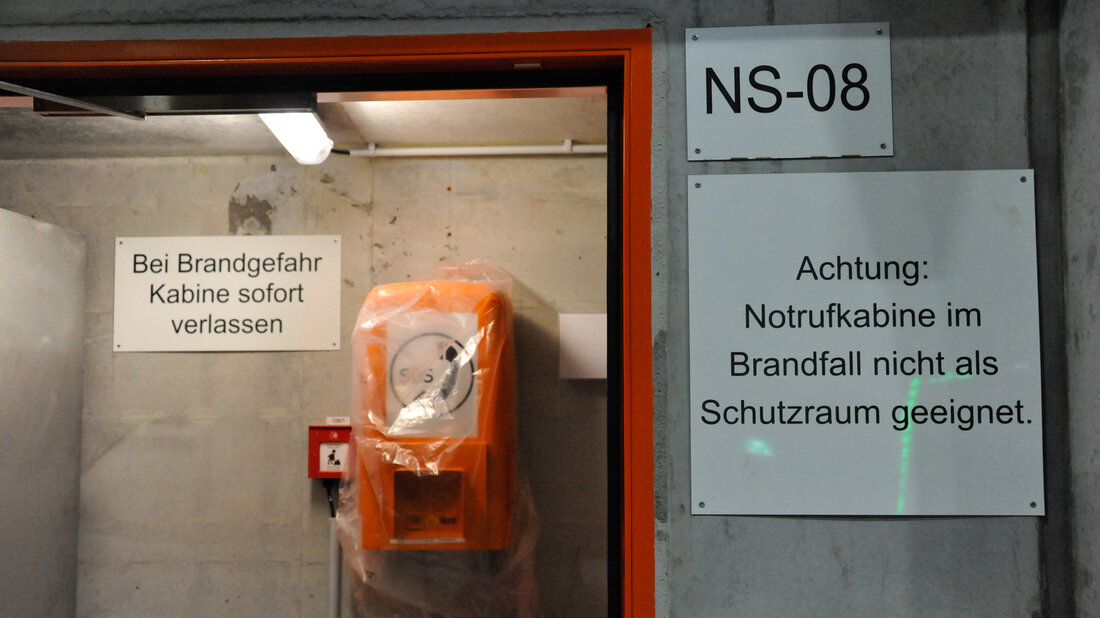
Tunnel users also flee through the smoke
Some motorists pass a burning or smoking vehicle. People perceive a hazard individually and act based on their interpretation of the situation. People also flee on foot through smoke, for example, if they are afraid of being trapped or consider the danger from smoke and heat to be less than not using this escape route.
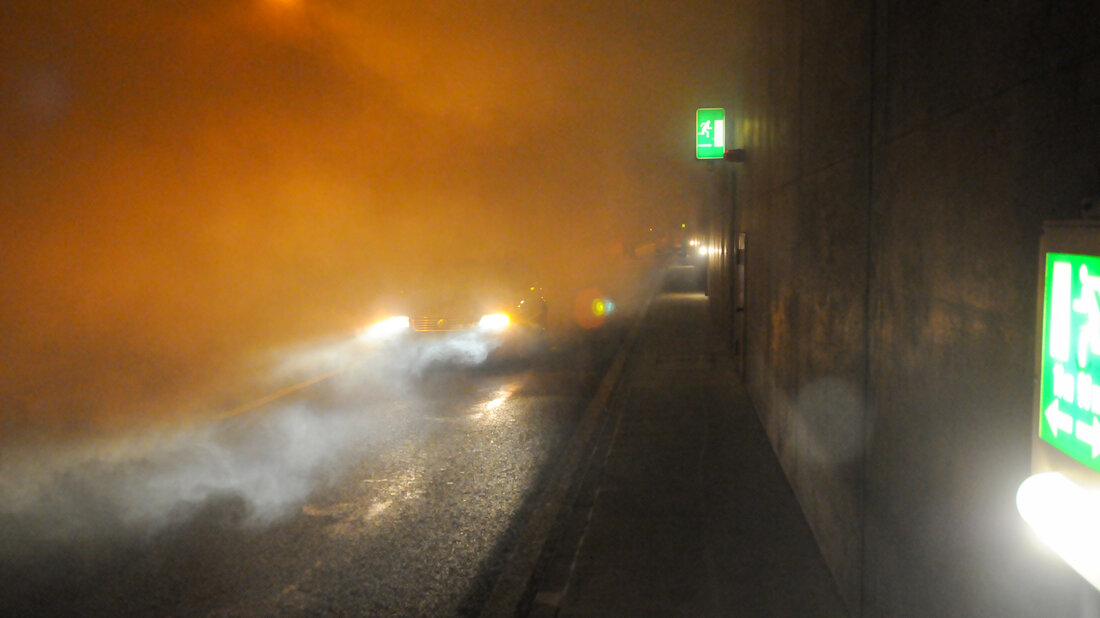
In the smoke people flee along the tunnel wall
Both experiments and the evaluation of tunnel fires lead to the thesis that people fleeing in smoke follow the tunnel wall. However, if emergency exits are only located on the opposite tunnel wall, it is often not recognisable to those fleeing. In addition, people experience crossing the carriageway as psychologically too strenuous when they have lost their visual orientation.
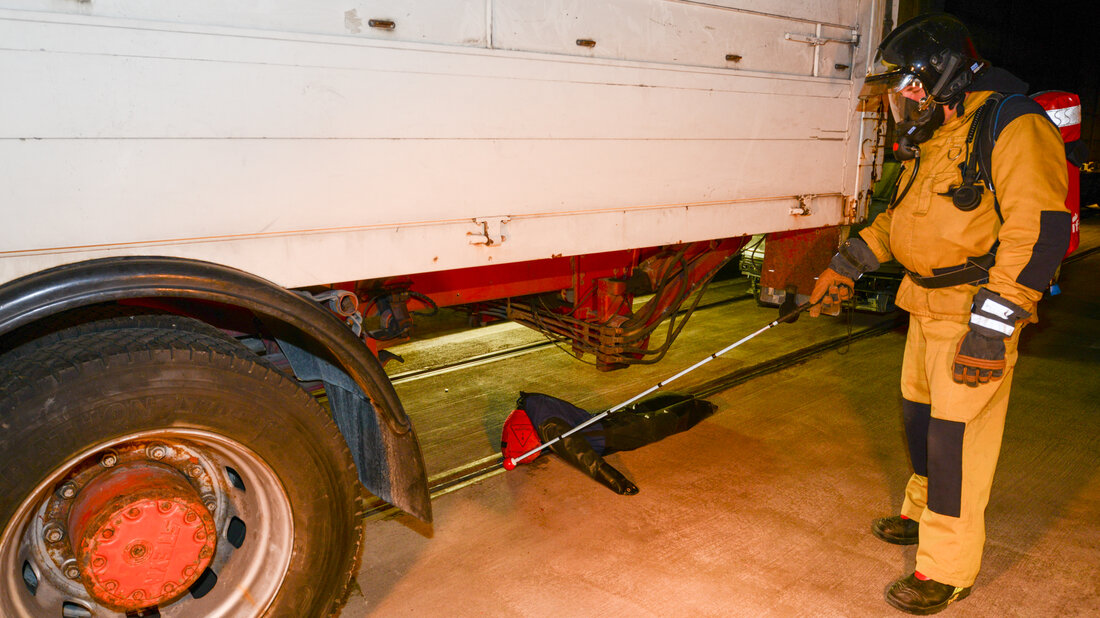
Fire services have to search all areas
The consequence of this very diverse behaviour of tunnel users in case of fire is that search teams have to search all areas in the tunnel and open all doors. It also applies to SOS cabins or technical rooms. At the same time, moving vehicles must always be expected, as motorists may decide to flee in their cars at any time.


